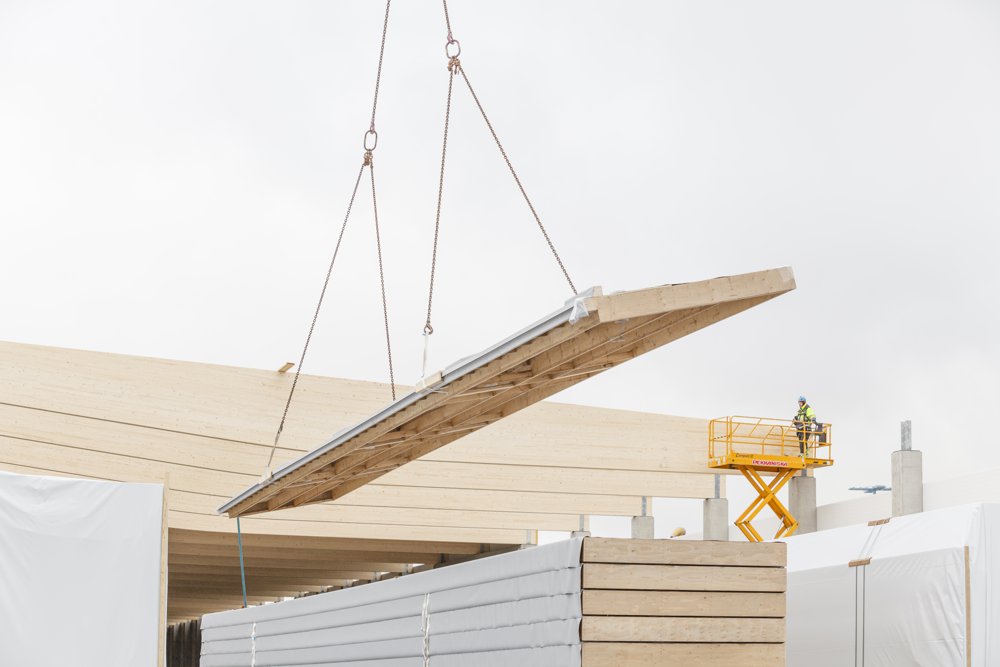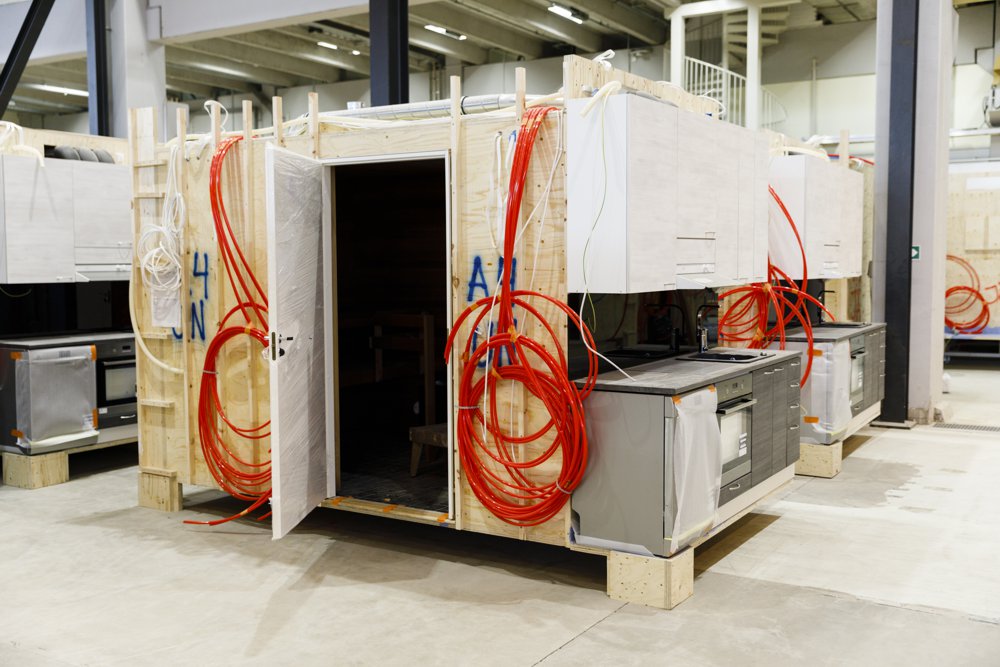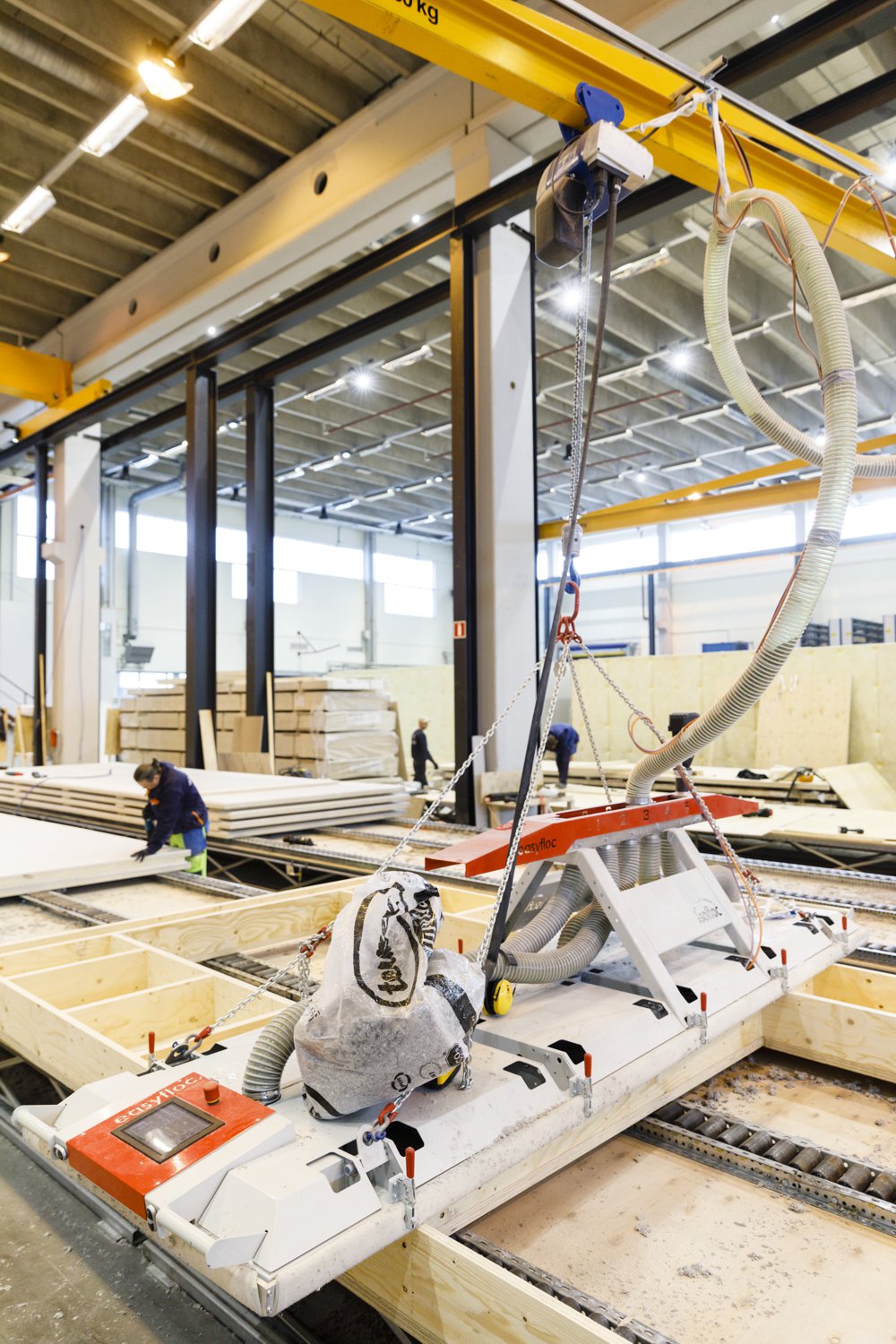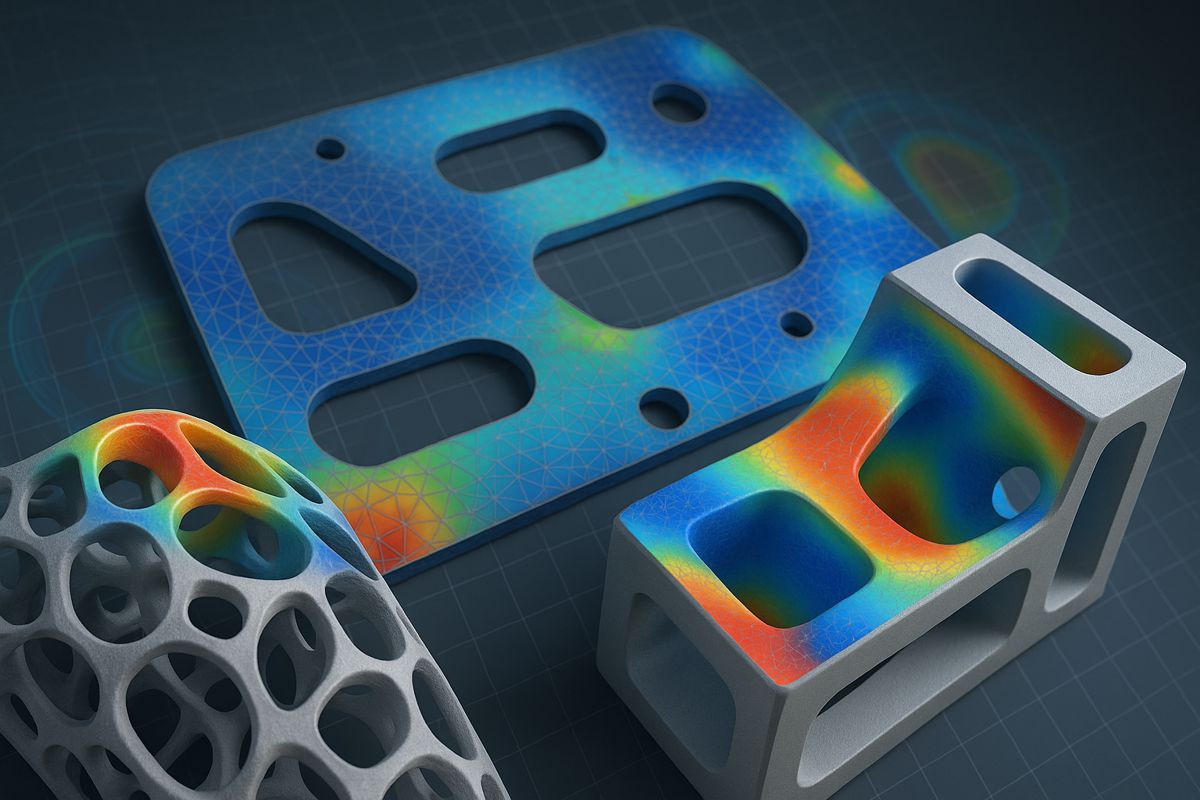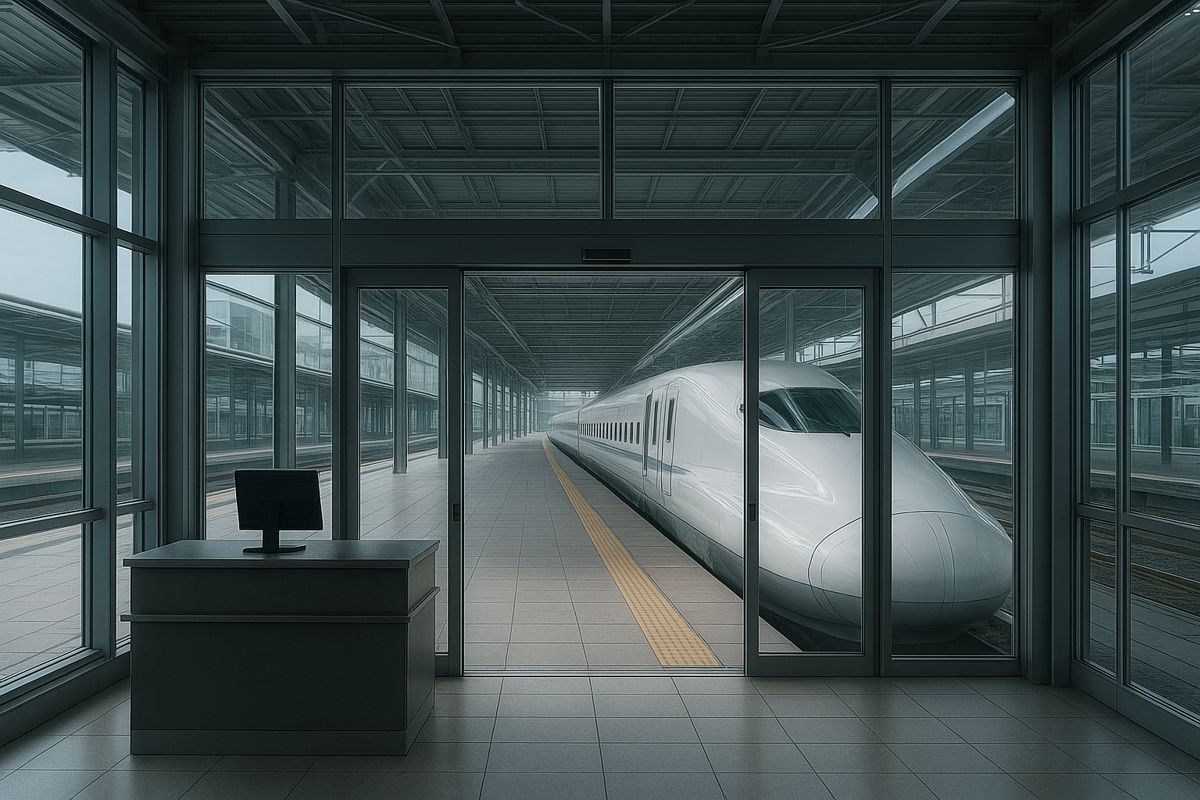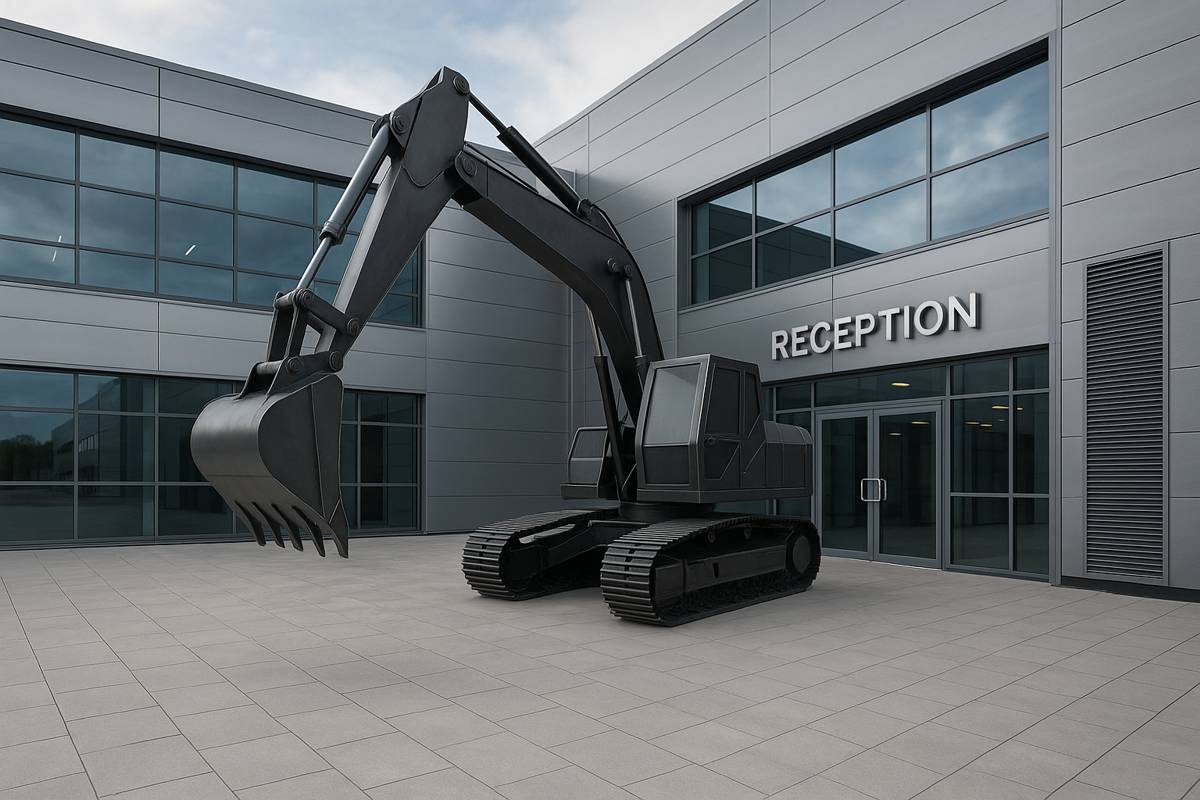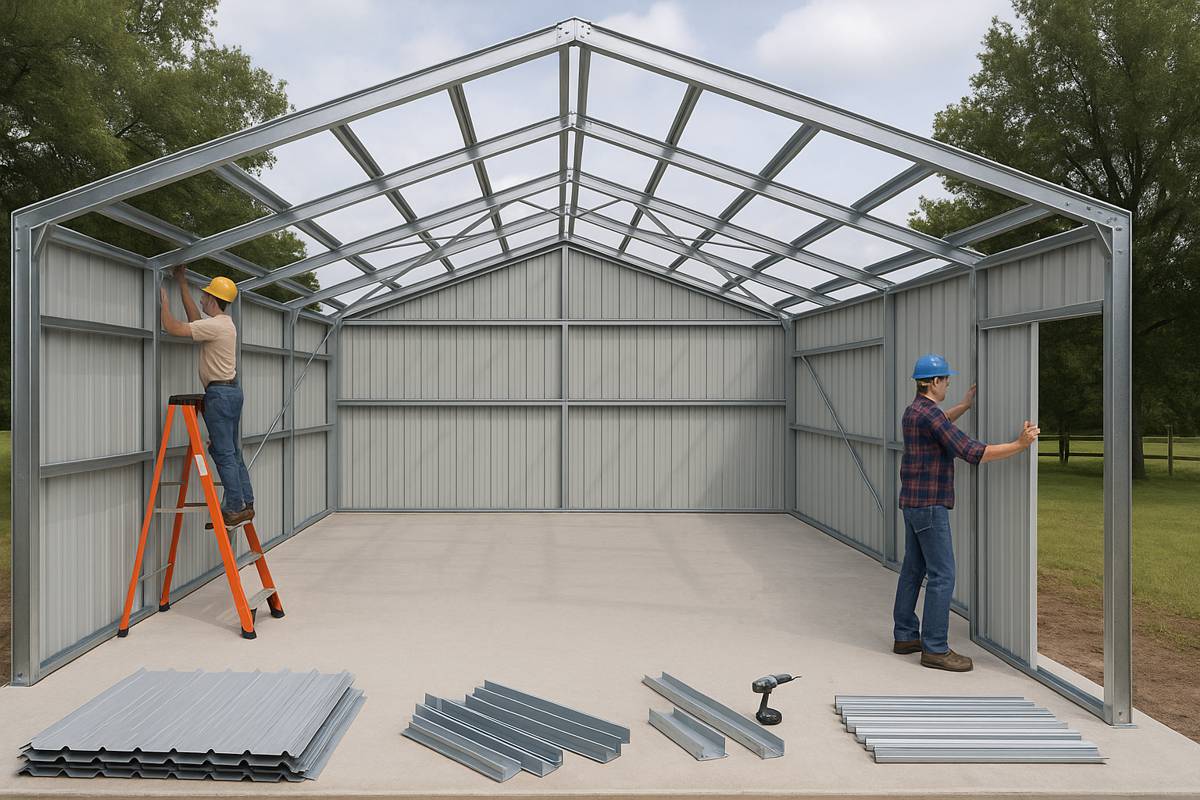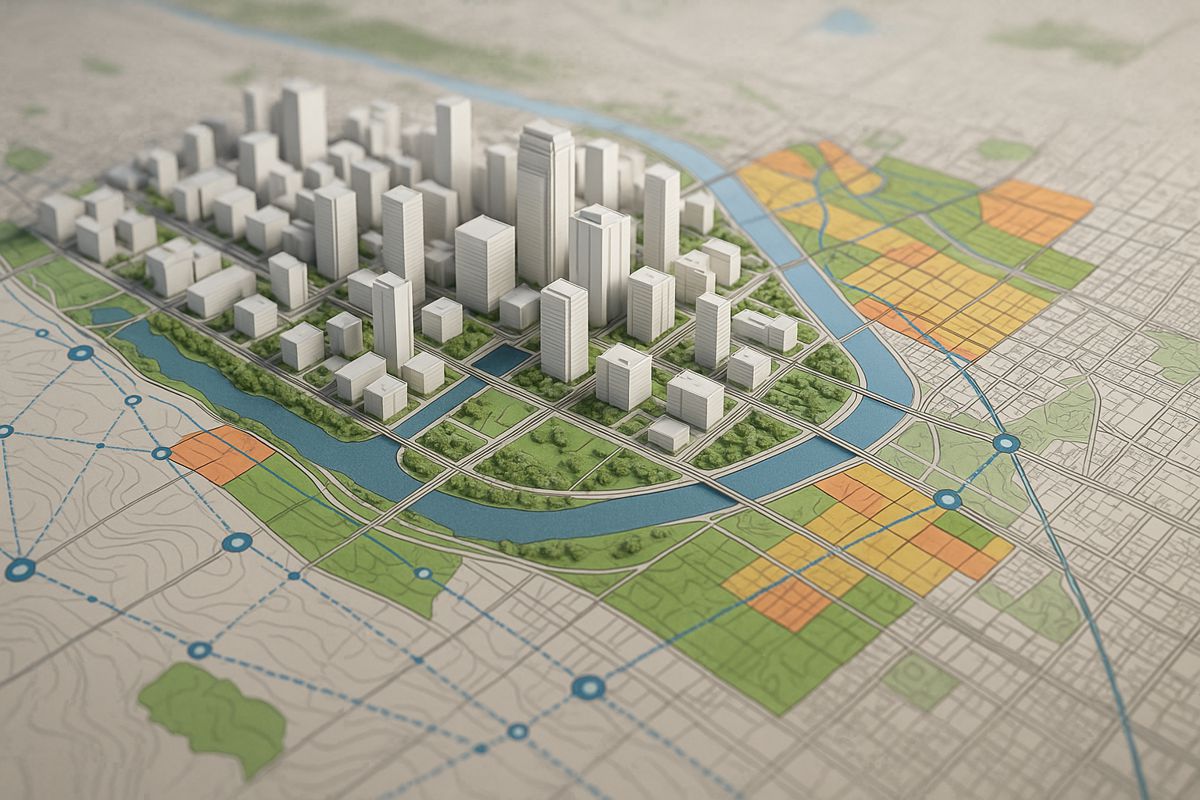Metsä Wood invests in partnerships in industrial wood element construction
Wood construction is becoming increasingly popular worldwide. Wood products have become more competitive in residential construction in particular, due to the advanced degree of modularity and prefabricated elements. Through its partner network in Europe, Metsä Wood is increasing the amount of Kerto® LVL-based element construction.
The construction industry is undergoing a major transition, with construction moving from building sites to off-site manufacturing. Industrially standardised products increase the quality and efficiency of construction. The turnaround time on building sites is shortened and the amount of errors reduced, and there is hardly any wastage of materials.
Metsä Wood has been making long-term efforts to find permanent partners for industrial wood construction. The aim is to develop an ecosystem based on Metsä Wood’s Kerto LVL (laminated veneer lumber) products.
“We are aiming to build a wood-based ecosystem in Europe – a network of specialists, each of whom focuses on their core business,” says Juha Kasslin, Vice President, Central Europe and Sales Development at Metsä Wood.
“Metsä Wood’s core business will be industrial-scale LVL manufacturing, and our partner network will carry out a lot of product development based on our products. This arrangement will benefit the growth of the entire ecosystem. Cooperation is an important step in expanding the wood construction sector – including urban construction, where the greatest potential is,” Kasslin adds.
An industrial-scale material supplier
Metsä Wood has long-term supply and cooperation agreements with LVL element builders. The Finnish operators Lapwall and Sisco are good examples of such companies. Metsä Wood supplies fixed-length Kerto LVL products from which its partners manufacture roof, floor and wall elements, as well as complete modules.
Sisco’s rapid growth is proof that Kerto LVL can be used for practically all construction purposes. The increasing sales in prefabricated bathroom and kitchen modules and apartment modules indicate that wooden apartment buildings are the shape of things to come. Sisco’s ambitious goal is to increase the share of tall wooden buildings in Finland from 3-4 percent to 10 percent within the next five years.
“A suitable base for each building project can be assembled from modules, and the architect can then create an impressive entity by adding attractive elements, colours, balconies, cornices, and so on,” says Lauri Halminen, CEO at Sisco. “A structural design approach enables reasonably-priced production, and industrial manufacturing ensures that the projects are carried out efficiently.”
Lapwall also believes in the logic and assembly chain approach that have been adopted from the automobile industry: in industrial wood construction, the work steps are clustered together and prepared in advance. All that remains to be done on the building site is to connect the parts.
“If each building is a prototype, then things become impossible,” says Jarmo Pekkarinen, CEO at Lapwall. “Our product development is based on the concept of having a range of models, with each building being assembled from prefabricated parts. This allows optimal cost, quality and speed. Thanks to this approach, we can promise developers and investors that a building project can be completed in as little as three weeks.”
Europe offers plentiful partnership opportunities for element construction. In France, Germany and Belgium, for example, Metsä Wood’s Kerto LVL Ripa floor and roof elements are prepared by partner companies.
Open Source Wood: an open platform for innovative wood construction
In June, Metsä Wood launched its Open Source Wood project, where architects, designers and engineers are invited to join forces to innovate and share information relating to construction based on wood elements.
This project is a continuation of the Plan B campaign, and is aimed at expanding the market for urban wood construction by combining expertise from different countries. Metsä Wood is promoting element design by offering EUR 30,000 in prize money for element-based designs that make innovative use of Kerto LVL.









